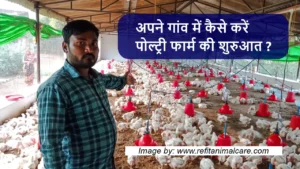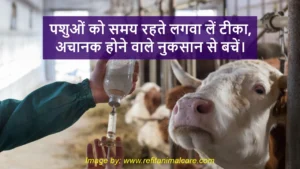
Pox infections are viral infections that affect a wide range of species, including humans and birds. Zoonoses are caused by certain poxviruses. Skin and mucosal lesions are typically common, progressing from macules to papules, vesicles, and pustules before encrusting and healing. Multiple intracytoplasmic inclusions, which represent sites of virus replication in infected cells, can be found in most lesions. Vesiculation may not be visible clinically in some poxvirus infections, but microvesicles can be seen on histologic inspection, and proliferative lesions are common.
What is sheep and goat pox disease
Sheep pox virus (SPV) and goat pox virus (GPV) were previously thought to be strains of the same virus, but genetic analysis has shown that they are distinct viruses. The majority of strains are host-specific. Some strains are equally virulent in sheep and goats, causing serious clinical disease in both. a species Recombination between sheep and goat strains will further complicate the situation. create a continuum with a medium host preference and virulence range.
Serological methods, including viral neutralization, can’t tell the difference between SPV and GPV. LSDV (lumpy skin disease virus in cattle) is closely related to SPV and GPV, but there is no proof that LSDV causes disease in sheep and goats. It has a different mode of transmission (insects) and a partial regional distribution.

Diagnosis of pox virus in sheep and goat
The incubation period is between 8 and 13 days. It may be as little as 4 days after an experimental infection via intradermal inoculation or insect mechanical transmission.
Clinical evaluation
Clinical symptoms can range from mild to extreme, depending on host factors (e.g., age, breed, immunity) and viral factors (e.g., age, breed, immunity) (e.g. species predilection and virulence of viral strain). Invisible infections may also occur.
Medical symptoms in the early stages
-
- A rectal temperature of more than 40°C
- Macules are tiny circumscribed areas of hyperaemia that appear in 2-5 days on unpigmented skin.
- Macules, which are hard swellings ranging in size from 0.5 to 1 cm in diameter and may cover the entire body or be limited to the groyne, axilla, and perineum, give rise to papules. Fluid-filled vesicles can cover papules, but this is uncommon. In certain European goat breeds, a flat haemorrhagic form of capripox has been found, in which all papules tend to coalesce over the body; this form is often fatal.
Acute phase
-
- All superficial lymph nodes, especially the prescapular lymph nodes, enlarge in infected animals, causing rhinitis, conjunctivitis, and swelling.
- Blepharitis is caused by papules on the eyelids, which can be mild or severe.
- Mouth, penis, prepuce, and vaginal mucosae become necrotic.
- Due to swollen retropharyngeal lymph nodes draining developing lung lesions, breathing may become labored and noisy.
Prevention and treatment of pox in sheep and goat
SGP has no cure, but vaccines are available in endemic areas to control sheep and goat pox.
Sanitary prophylaxis
-
- If culling is not practicable, infected herds and sick animals should be isolated for at least 45 days after they have recovered.
- If at all practicable, the infected herd should be slaughtered.
- New animals must be quarantined before being introduced into herds..
- Limits on animal and vehicle movement in contaminated areas
Medical prophylaxis
-
- Several attenuated virus vaccines are available and can be administered subcutaneously or intradermally; granted immunity can last up to two years.
- There are currently no commercially produced recombinant vaccinations for capripoxviruses. However, a new generation of capripox vaccines is being created that uses the capripoxvirus genome as a vector for genes from other ruminant pathogens, such as rinderpest and PPR viruses.










